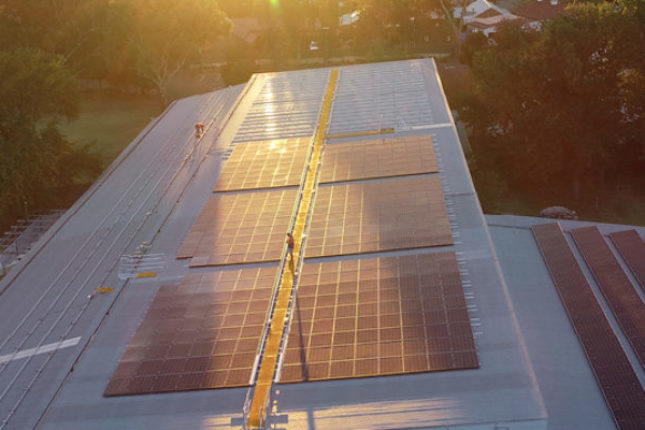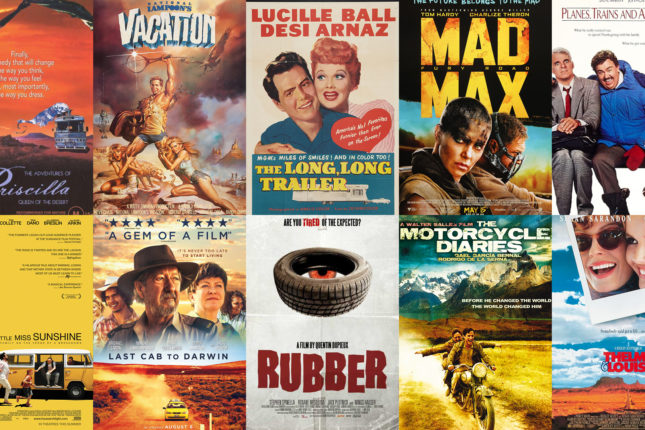Speedy
Written by Mick Bolognese | July 21st, 2014
Ever wondered how speeding fines were given before radars and speed cameras were invented?
On one of my all-too-frequent four hour YouTube odysseys I recently came across a funny old video of a cab driver speeding through New York City in 1928 from the silent film Speedy. Ducking and weaving through city traffic in a Ford Model T (carrying baseball legend Babe Ruth), the insolent driver makes a mockery of the policeman chasing him on his motorbike. While the film is obviously staged, it did get me wondering about road safety in the early twentieth century and, more specifically, how speed was controlled in the early days of motoring.
It wasn’t long after production cars first reached Australia in the mid to late 1890s that people began worrying about their safety. An article in the Register in 1901 runs through a list of serious accidents involving motorcars to show that motorists shouldn’t be allowed to drive without a licence. One of these occurred in the Adelaide Hills, and the author warned of the ‘perils arising in our beautiful highlands’ to the unsuspecting Sunday walker. Sure enough, two parliamentary Acts in 1904 and 1907 brought in many of the safety regulations we still have for motor vehicles: licensing, mandatory lights for night driving and horns, vehicle registration and speed limits.
The earliest speed limits must have frustrated these motoring pioneers: the regular limit in the city of Adelaide was 12 miles/hour (just under 20 km/h – though this was soon raised to 15 mph), half of this when turning corners or crossing intersections (6 mph), and a decidedly pedestrian 3 mph on Rundle and Hindley streets. This was exactly the part which interested me the most: how did they enforce these limits decades before any of the modern speed measuring devices (like radars and speed cameras) were invented? The answer is quite standard for early twentieth century Australia: they copied what they were doing in England. Though many fines for driving over the speed limit were given out earlier based entirely on the judgement of a police officer or bystander, the first real speed traps in South Australia seem to have been set up in 1912 on Hanson St (now the southern end of Pulteney St). Two policemen set themselves up ‘a furlong apart’, each armed with a stopwatch. This is how Constable Turner explained the traps during court proceedings (reported by the Advertiser of 27 June 1912):
Hogan at the Green Dragon end would start his watch when the car passed him and when the car reached me near Hurtle Square I would start mine going. We would leave the watches going until we met, and they would then be stopped together. The difference between the two times would be the time occupied in covering the furlong.
The method was clearly a little imprecise and open to challenge, and apparently motorists with a good lawyer often got acquitted during trials for speed infringements. I’m a big fan of Edward William Hicks’s defence in 1912: he testified that, while passing the speed trap, his daughter had remarked ‘Thank your lucky stars, father, you were not travelling more than 15 miles an hour’. That was enough for the judge… Hicks got off scot-free.


 Show all
Show all Read this post
Read this post

 Visit
Visit